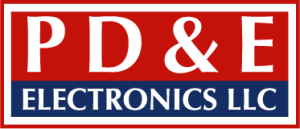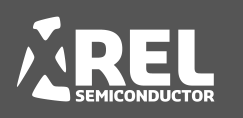Discrete Semiconductors
Essential in Modern Electronics
What are the common types of discrete semiconductors?
Discrete semiconductors play a crucial role in electronic applications, providing the essential building blocks for various electrical circuits. These components are most often considered individual and
separate from integrated circuits, offering distinct advantages and functionality. Let us explore the common types of discrete semiconductors used by electronic engineers. Markets where we regularly work with our customers are aerospace, industrial, military, instrumentation and harsh environments requiring high-temperature, radiation tolerant to varying degrees and high reliability. Trendsetter offers a strong line up of Discrete Semiconductor solutions from Zener Diodes to Power management IC’s for instrumentation, industrial, harsh environment, military and space.
Diodes: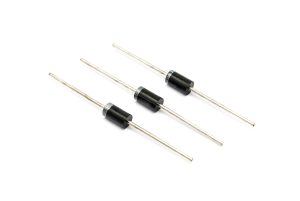
Diodes are the simplest Discrete semiconductor and that allow current to flow in only one direction. They have two terminals, namely the anode (positive) and the cathode (negative). Popular types of diodes include the standard rectifier diode, Schottky diode, and Zener diode.
Transistors: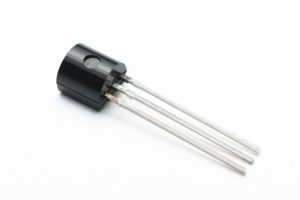
Transistors are three-terminal devices widely used in amplification and switching applications. They come in various types, such as bipolar junction transistors (BJTs) and field-effect transistors (FETs). BJTs are further classified into NPN and PNP types, while FETs can be categorized as MOSFETs (Metal-Oxide-Semiconductor Field-Effect Transistors) and JFETs (Junction Field-Effect Transistors). The concept of the FET (field-effect transistor) was first patented in 1925, but not produced until 1945 (The Chip History Center). The mosfet followed shortly. The junction version known as the bipolar junction transistor (BJT), was invented by Shockley in 1948 at Bell Laboratories.
Thyristors: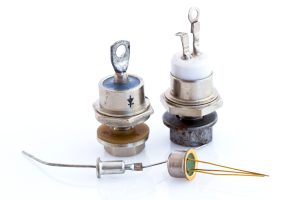
Thyristors are high-power semiconductor devices used for switching applications. They can handle large currents and voltages, making them suitable for applications like motor control and power regulation. Common types of thyristors include silicon-controlled rectifiers (SCRs), gate turn-off thyristors (GTOs),and triacs.
Optoelectronics: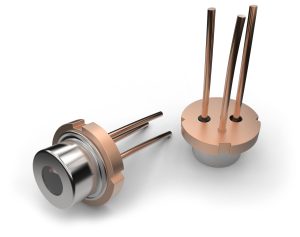
Optoelectronic devices are semiconductors that can emit or detect light. They are commonly used in applications such as displays, sensors, and communication systems. Some examples of optoelectronic devices include light-emitting diodes (LEDs), photodiodes, and laser diodes.
Voltage Regulators:
Voltage regulators are used to maintain a constant output voltage in electronic circuits. They ensure that the voltage remains within a specified range, regardless of any fluctuations in the input voltage or load conditions. Popular types of voltage regulators include linear regulators and switching regulators.
Rectifiers: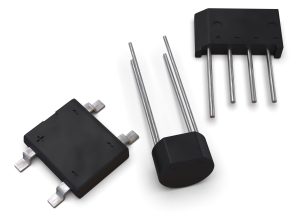
Rectifiers are used to convert alternating current (AC) to direct current (DC) by allowing current flow in only one direction. They are commonly used in power supplies and electrical systems. Common types of rectifiers include half-wave rectifiers, full-wave rectifiers, and bridge rectifiers.
Amplifiers:
Amplifiers are used to increase the amplitude of an electrical signal, making them crucial in audio systems, radio transmitters, and other communication devices. There are various types of amplifiers, such as operational amplifiers (op-amps), differential amplifiers, and power amplifiers.
Switches: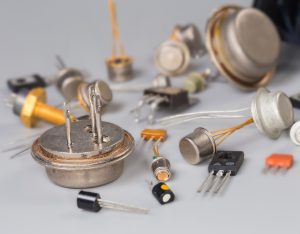
Switches are used to control the flow of current in an electrical circuit. They can be simple mechanical switches or semiconductor switches like transistors. Switches are widely used in electronic systems and devices to turn on/off or Amplifiers. Furthermore, switches are pivotal in enhancing signal strength and controlling current flow, respectively. Their versatility and efficiency have made them fundamental in an array of applications, from audio systems to advanced communication devices. These components make it possible to achieve high levels of performance and reliability.
Discrete semiconductors are the cornerstone of modern electronic design, driving innovations across a multitude of industries. Their distinct characteristics and specialized functions enable engineers to craft highly efficient and reliable circuits. From aerospace to industrial applications, these components are indispensable in addressing complex and demanding operational environments.
Zener diodes, transistors, and thyristors stand as exemplary figures within the realm of discrete semiconductors. These devices excel in unique roles, whether it’s enabling current flow, amplifying signals, or managing power regulation. Engineers rely on their predictable and dependable performance to design cutting-edge solutions that push technological boundaries.
Optoelectronic devices, including LEDs and photodiodes, revolutionize how we interact with technology by seamlessly integrating light emission and detection into electronic systems. Voltage regulators, on the other hand, stabilize power supply, ensuring that devices operate consistently despite varying input conditions. Rectifiers convert AC to DC, becoming crucial components in power management.
In today’s rapidly evolving technological landscape, discrete semiconductors remain as vital as ever. They empower innovation, drive efficiency, and ensure the robustness of electronic systems, making them truly essential in modern electronics. Some very old classic technology is continuing to be relevant to the future of technology.
Featured Product:
High Voltage LDO Regulator- XTR70020
- High Temperature, High Input Voltage 2A Positive LDO Regulator @ 230 C
- Input Voltage from 3.0 V to 30V.
- Possible Output voltages from 0.6V to 30V
- Excellent regulation characteristics with a dropout as low as 1.2V
- Preset Voltages available from 0.6V to 30V.
XTR70020 is a family of high-temperature, high-input voltage, 2Amp ultra-low dropout voltage regulators designed for extreme reliability and high temperature applications. Operational with input voltages from 3.0V to 30V, XTR70020 parts can source a current of 2A at +230°C while providing best in class regulation characteristics with a dropout as low as 1.2V. Several preset reference voltages are available from 0.6V to 15V allowing output voltages from 0.6V to 30V. Four protection features are implemented to ensure a good operation and reliability of the circuit: UVLO, hiccup modes short-circuit protection, customer selectable thermal shut-down, soft turn-on/off. Special design techniques were used allowing XTR70020 parts to offer precise, robust, and reliable operation in critical applications. Full functionality is guaranteed from -60°C to +230°C, though operation well below and above this temperature range is achieved. XTR70020 parts have been designed to reduce system cost and ease adoption by reducing the learning curve and providing smart and easy to use features. Parts from the XTR70020 family are available in ruggedized SMT and thru-hole packages, as well as bare dies.
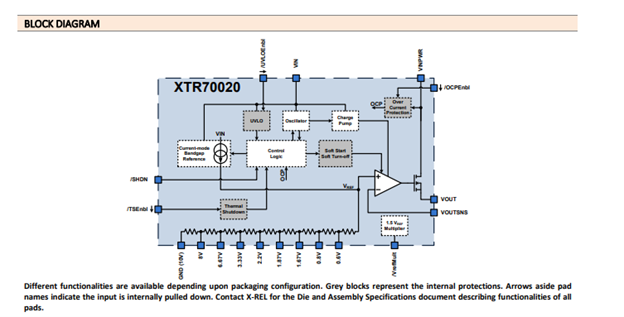
Understanding Voltage regulator/ voltage reference Basics
Voltage regulator/voltage reference circuits are the cornerstone of modern electronics, ensuring devices operate seamlessly by maintaining stable voltage levels crucial for their performance. These essential components manage fluctuations, safeguarding sensitive equipment from potential damage. By converting varying input voltages into consistent outputs, they empower sophisticated technologies to function with precision and reliability. Their versatility spans across countless applications, from simple gadgets to advanced industrial systems, highlighting their integral role in innovation. Embracing the intricacies of voltage regulator/voltage reference design opens new avenues for creating resilient and efficient electronic solutions.
Trendsetter Electronics offers a single positive Series Voltage Regulator that has up to 10 possible output voltage options from same part: 1.2V, 1.8V, 2.5V, 3.3V, 5V, 5.5V, 9V, 10V, 12V, 15V. XTR75010 is a family of low-power voltage regulators/voltage references designed for extreme reliability and high-temperature applications. Being able to operate with input voltages from 2.8V to 35V, XTR75010 parts can supply up to 50mA at +230°C while providing excellent regulation characteristics. Parts from this product family operate as a 3-terminal series regulator/reference with a temperature coefficient (TC) as low as 40ppm/°C. Functionality features include shut-down mode and soft-start. XTR75010 parts can be used in a wide range of applications such as positive and negative regulators/voltage references, adjustable power supply, current sources, as well as precision bridge excitation. Special design techniques were used allowing XTR75010 parts to offer a precise, robust, and reliable operation in critical applications. Full functionality is guaranteed from -60°C to +230°C, though operation well below and above this temperature range is achieved. XTR75010 parts have been designed to reduce system cost and increase system efficiency while providing smart and easy to use features. Parts from the XTR75010 family are available in ruggedized SMT and thru-hole packages. Parts are also available as tested bare dies.
Suppliers:

